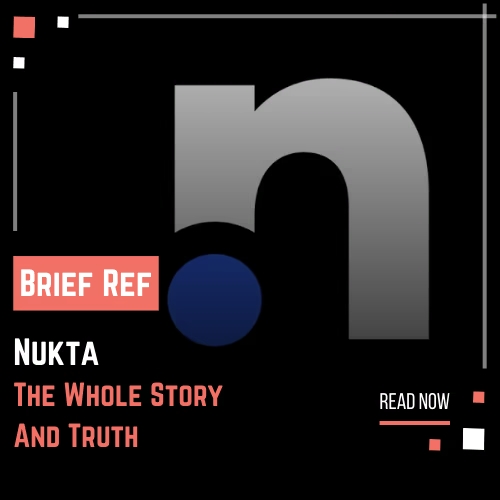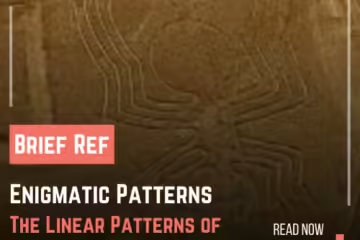
Traditional Nukta
The “nukta” (dot or diacritical mark) may seem like a small addition, but it plays a big role in South Asian languages like Hindi, Urdu, and Punjabi. For language learners, writers, and speakers, understanding the use of the nukta is essential to grasp the full range of sounds in these languages, especially for words borrowed from Arabic, Persian, and English. In this post, we’ll explore what the nukta is, how it functions, and its importance in language and communication.
What is Nukta?
The term nukta (नुक़्ता in Hindi, نقطہ in Urdu) literally translates to “dot” in English. It’s a diacritical mark—specifically, a dot that appears below certain letters in South Asian scripts. When applied, the nukta modifies the pronunciation of the letter, creating a new sound that wasn’t part of the original language’s phonetic inventory. For instance, in the Devanagari script used for Hindi, the addition of a nukta to the letter “क” (ka) changes it to “क़” (qa), creating a sound closer to the “q” in Arabic.
The Purpose of Nukta in South Asian Languages
Historically, the Indian subcontinent’s languages were shaped primarily by the region’s indigenous phonetic needs. With centuries of cultural exchange, particularly through Persian and Arabic influence, the need arose to accommodate additional sounds not present in the original scripts. The nukta allowed for an easy adaptation of new words into the language, bridging a gap between native sounds and foreign phonetics.
Some examples in Hindi include:
- “क” (ka) becomes “क़” (qa), as in the word “क़िला” (qila), meaning “fortress.”
- “ग” (ga) becomes “ग़” (gha), as in “ग़लत” (galat), meaning “wrong” or “incorrect.”
- “ज” (ja) becomes “ज़” (za), as in “ज़मीन” (zameen), meaning “earth” or “land.”
How Nukta Changes Pronunciation
The nukta does more than add visual variety; it directly affects pronunciation. This allows Hindi, Urdu, and other languages using nukta to better represent the sounds of Arabic, Persian, and even English-origin words.
For example:
- Without the nukta, “ज” (ja) sounds like the English “j” as in “jump.”
- With the nukta, “ज़” (za) sounds like the “z” in “zebra.”
This distinction helps in accurately conveying meanings and pronunciation, especially for words with similar spellings but different meanings.
The Role of Nukta in Urdu and Hindi
Urdu, which borrows heavily from Persian and Arabic, has more frequent uses of the nukta than Hindi, giving it a unique phonetic character. Meanwhile, Hindi applies the nukta mainly to foreign words or to distinguish meanings in vocabulary influenced by other languages.
In both languages, the nukta serves as a bridge between the indigenous language and global influences, preserving traditional phonetics while making room for linguistic evolution.
Common Examples of Nukta in Everyday Words
To give you a better sense of how nukta works in day-to-day language, here are some common words:
- क़लम (Qalam): The nukta changes “क” to “क़” to sound more like the Arabic “Qalam,” meaning “pen.”
- ज़रा (Zara): By changing “ज” to “ज़,” it takes on the Arabic-derived sound for “z,” meaning “a little” or “just.”
- फ़ल (Fal): Here, the “फ” becomes “फ़” with the nukta, which represents the English “f” sound as in “fruit.”
Why Understanding Nukta is Important for Language Learners
For anyone learning South Asian languages, understanding the nukta is vital for accurate pronunciation and comprehension. It helps learners distinguish between similar words, understand borrowed vocabulary, and gain a more nuanced understanding of regional languages.
The Cultural Impact of Nukta
The use of nukta in South Asian languages reflects the region’s linguistic diversity and openness to influences from other cultures. It symbolizes a flexibility in communication and a willingness to evolve while preserving the integrity of traditional phonetics.
Brief
Though small in size, the nukta is essential in South Asian languages like Hindi and Urdu. It enables speakers and writers to incorporate sounds from other languages, enhancing the expressive power of the language and allowing for clearer, more accurate communication. Whether you’re a language enthusiast or a casual learner, understanding the function of nukta offers valuable insight into the rich linguistic heritage of the region.



